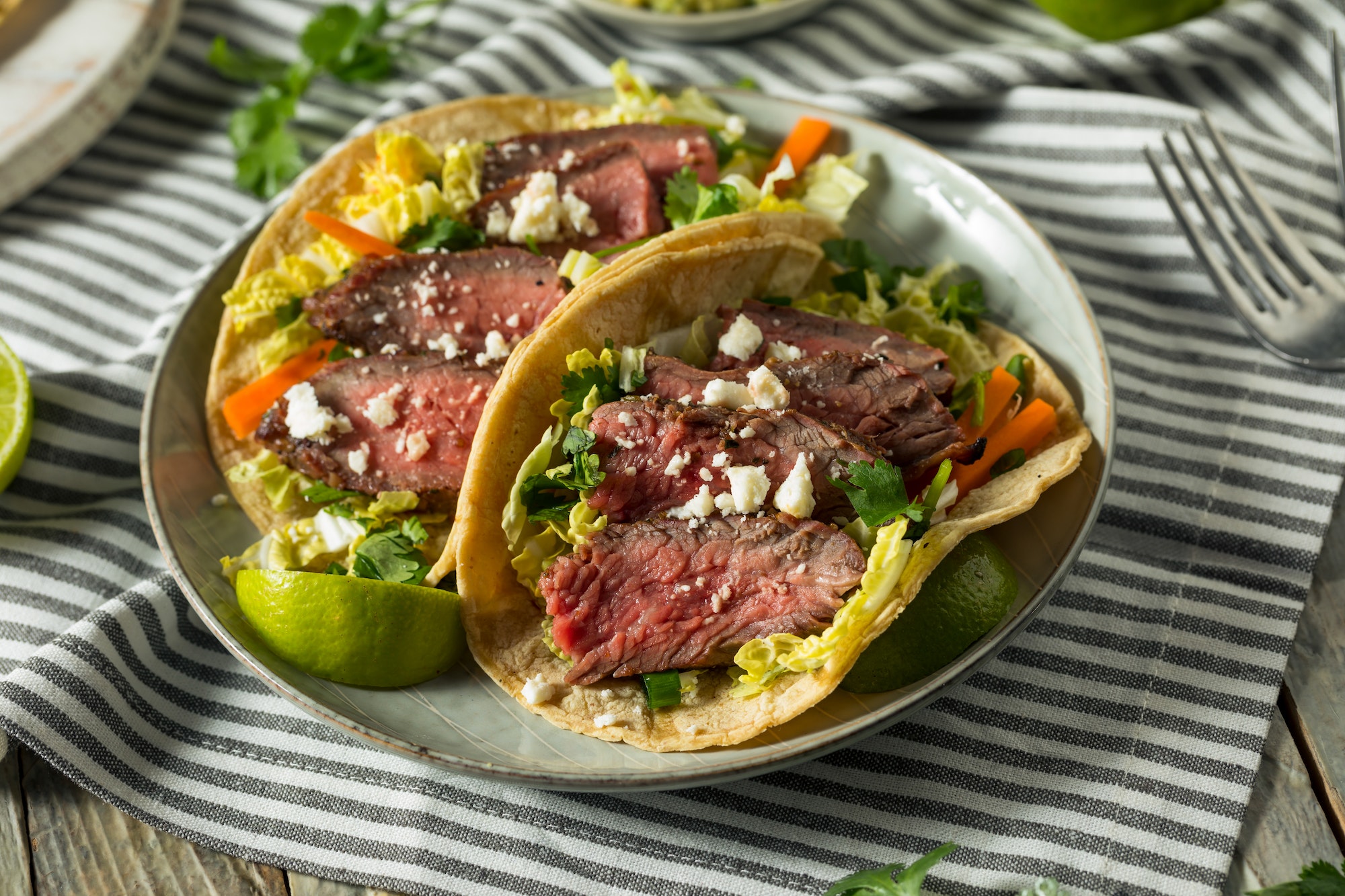The world is becoming increasingly interconnected, and with this interconnectivity comes an exchange of ideas, traditions, and customs. One area in which this exchange is particularly evident is in the realm of cuisine. As people from different cultures come together, they bring with them their unique culinary traditions, leading to a global fusion of flavors and styles known as modern fusion cuisine.
Fusion cuisine has its roots in ancient history, when trade routes connected distant regions and facilitated the exchange of ingredients and cooking techniques. For example, the Silk Road connected China with the Mediterranean world, allowing for the exchange of spices, fruits, and other food items. Similarly, the Columbian Exchange in the 15th and 16th centuries resulted in the transfer of foods such as tomatoes, potatoes, and chocolate between the New and Old Worlds.
In more recent times, fusion cuisine has evolved as people have migrated to new areas, bringing their culinary traditions with them. In the United States, for example, immigrants from around the world have contributed to a rich and diverse food culture that incorporates elements from a variety of global cuisines. This blending of culinary traditions has given rise to dishes such as Tex-Mex (a combination of Mexican and Texan flavors), California rolls (Japanese sushi with American ingredients), and chicken tikka masala (an Indian dish adapted for British tastes).
Modern fusion cuisine trends are characterized by a creative blending of flavors, techniques, and ingredients from different cultures. Chefs are increasingly experimenting with new combinations of ingredients and techniques to create innovative dishes that push the boundaries of traditional culinary practices. Some popular fusion cuisine trends include:
- East-meets-West: This trend involves combining elements from Eastern (typically Asian) cuisines with those from Western (usually European or American) cuisines. Examples include miso-glazed salmon (combining Japanese miso paste with a Western-style glaze) and ramen burgers (where ramen noodles are used in place of a traditional burger bun).
- Latin-Asian fusion: This trend combines elements from Latin American and Asian cuisines, resulting in dishes such as Korean tacos (Korean-style marinated meats served in a Mexican-style tortilla) and sushi burritos (a hybrid of sushi rolls and burritos).
- Molecular gastronomy: This innovative culinary movement involves using scientific techniques to manipulate ingredients and create new textures and flavors. Examples of molecular gastronomy in fusion cuisine include spherification (creating liquid-filled spheres that burst in the mouth) and foams (light, airy concoctions made from various ingredients).
- Vegetarian and vegan fusion: With the growing popularity of plant-based diets, chefs are creating fusion dishes that cater to vegetarian and vegan diners. Examples include tofu banh mi (a Vietnamese sandwich made with tofu instead of meat) and jackfruit carnitas (a meat-free version of a Mexican dish made with shredded jackfruit).
- Sustainable and locally sourced ingredients: Many chefs are embracing the use of sustainable, locally sourced ingredients in their fusion dishes, both for environmental reasons and to showcase the unique flavors of their region.
As our world continues to become more interconnected, it is likely that the trend of fusion cuisine will continue to evolve and grow in popularity. Culinary adventurers can look forward to an ever-expanding array of creative, flavorful dishes that combine the best of multiple cultures.

